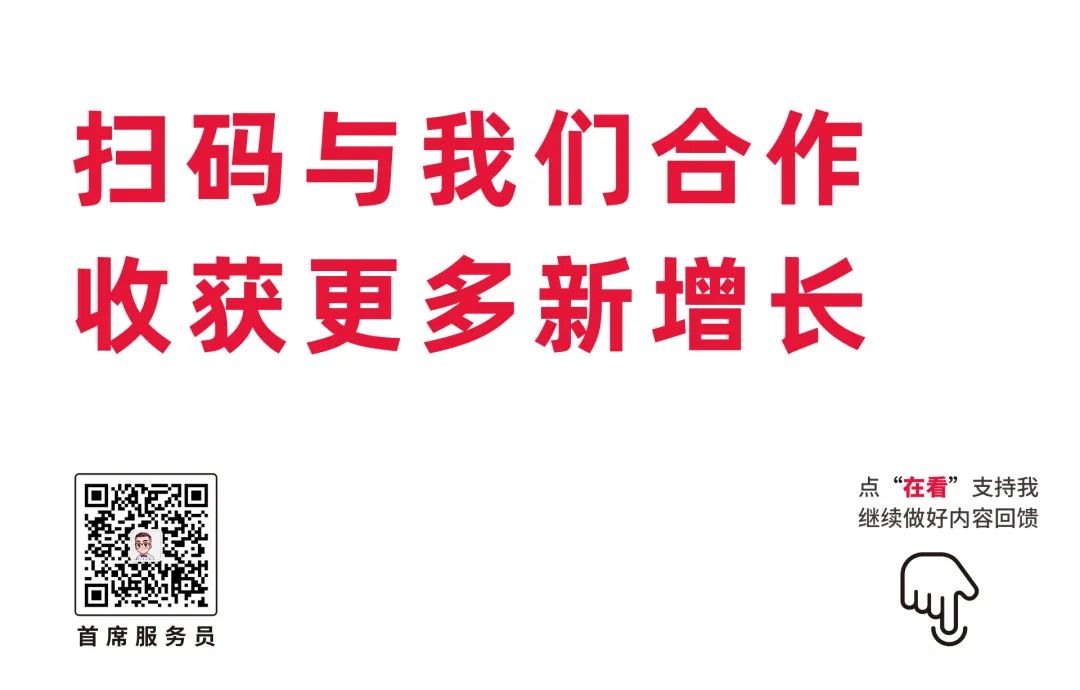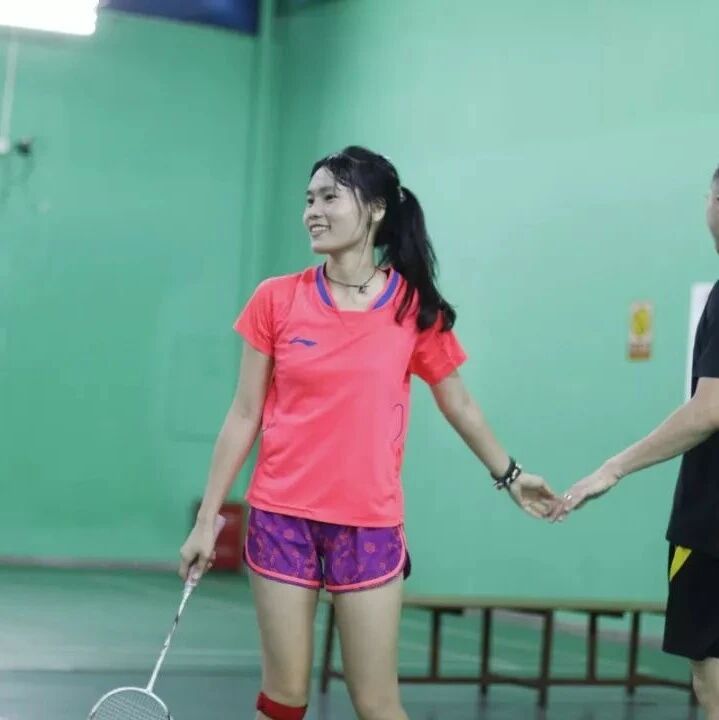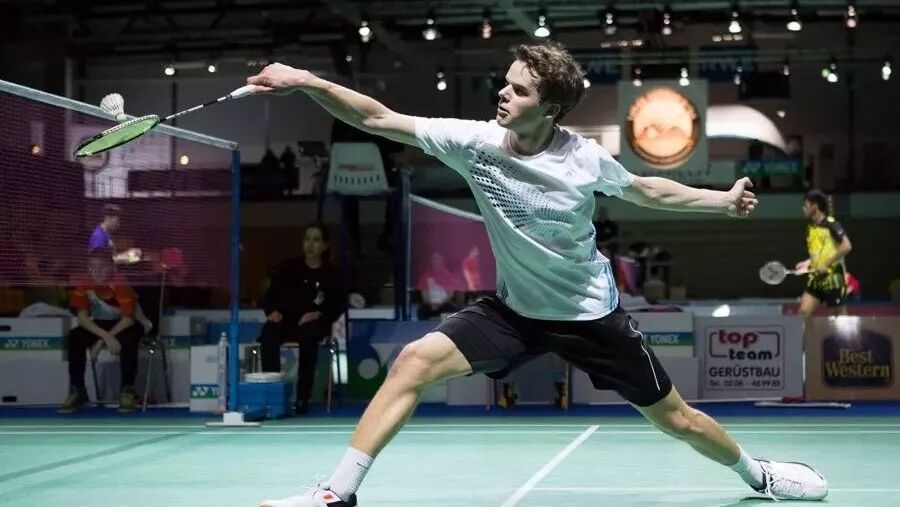Can't seem to get your badminton backhand shots right? One crucial movement detail you can’t afford to overlook.
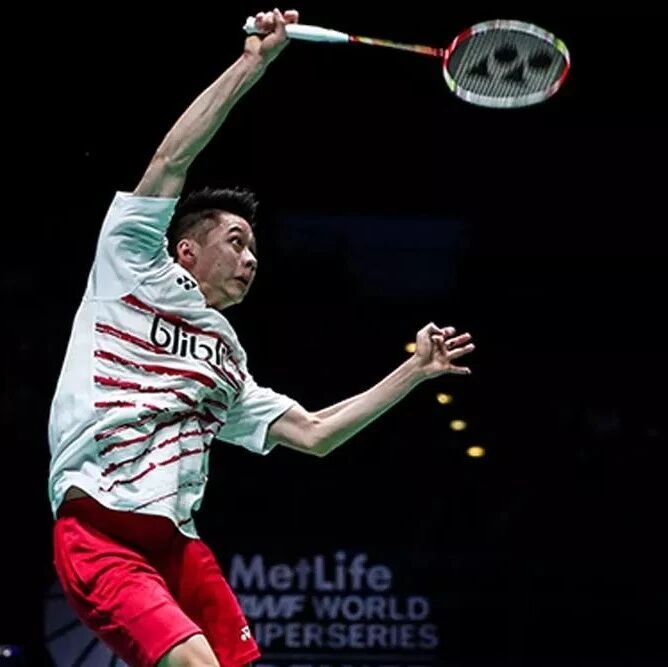
Most amateur players seem to have this common misconception when hitting a backhand: they believe they need to push the handle with their thumb to generate powerful shots. However, many players end up experiencing soreness or even bruising in the thenar eminence after playing a backhand—this is actually caused by improper thumb pressure that leads to the handle striking the hand instead of the ball.
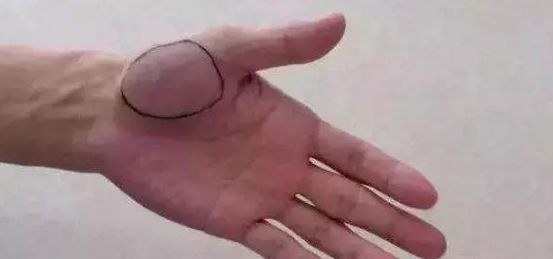
With the tip of your thumb resting against the handle, you generate "pushing force" with your thumb to propel the racket forward when striking the ball. However, because the handle retains a certain amount of clearance from the palm when the thumb tip is pressing against the racket, this can easily lead to injury in the palm.
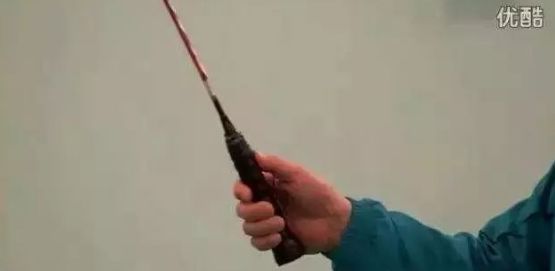
The tip of the thumb rests against the handle.
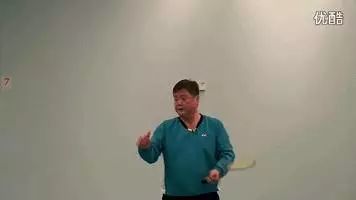
"Push it out" like this with your thumb.
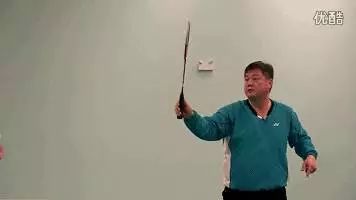
Get a feel for the sensation of "pushing out" with the racket.
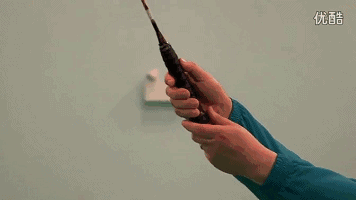
Take the racket away—this is the grip shape to use. Pay attention to your thumb.
Using your thumb this way to push the racket out is the wrong technique for generating power in a backhand stroke—not only does it significantly increase the risk of wrist injuries, but the unnecessary movement of the racket also wastes energy, ultimately weakening the force behind your backhand shot.
Example of an incorrect backhand technique: The "wrist-whipping" power transfer shown below is improper—it’s not only inefficient but also limits the distance of your shot.
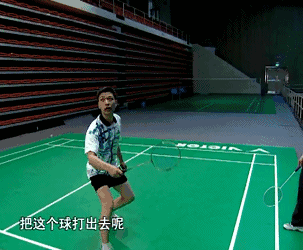
The correct backhand technique: When hitting the ball, fully engage your fingers to grip the racket firmly, while using your thumb to apply force by pressing forward. Your forearm should simply rotate inward to initiate wrist movement—there’s no need for a large, sweeping motion. Remember: Always incorporate an inward rotation to generate power, and as you flick the racket, send the ball flying!
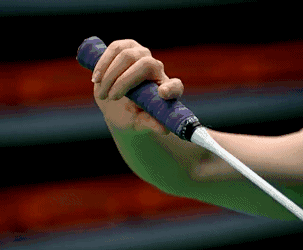
When hitting a backhand shot, focus on engaging your thumb—but avoid using just the "tip of your thumb." Instead, apply force by twisting with the "lower to mid-section" of your thumb. Remember, the thumb should only assist in generating power, not serve as the primary source of propulsion for the backhand stroke.
In a backhand high clear, the "thumb tip" area should not be used.
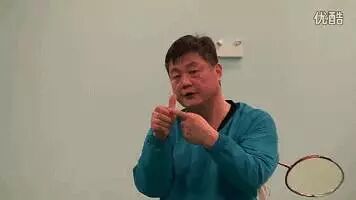
What should be used is the "lower-middle part of the thumb."
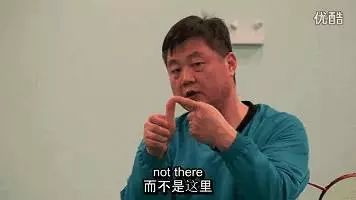

Experience it for yourself.
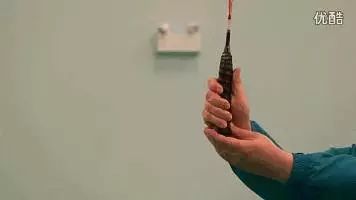
Grab the racket—this is the grip style to use. Pay attention to your thumb.
You probably never paid attention to this tiny, almost insignificant detail when hitting a backhand—but in fact, the way you engage your thumb can directly affect the power of your backhand stroke.
The power movement in a backhand stroke is like turning a water faucet clockwise.
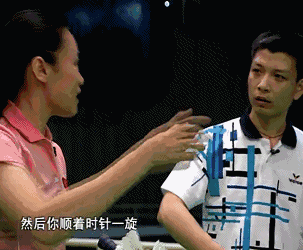
Engage internal rotation to generate power, adjust your racket, and you can hit straight shots or cross-court shots.
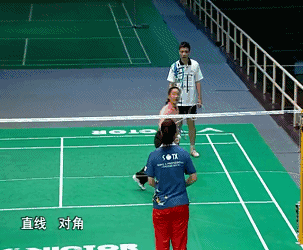
Using this technique not only generates fast ball speeds but also provides exceptional control over the shot. Building on this foundation, even slight adjustments to the racket angle and the force of impact allow players to execute a variety of shots—such as lifts, hooks, and drops. Moreover, the motion remains highly consistent, making it both subtle and deceptive.
Why are you hitting the ball the way you did earlier—like "wrist flicking"? It’s because you haven’t switched your grip. Instead, you’re using your forehand grip to play a backhand shot. And here’s the thing: when you use a forehand grip for a backhand, you can move freely forward and backward, but it becomes much harder to shift side to side. That’s why playing a backhand with a forehand grip is simply incorrect.
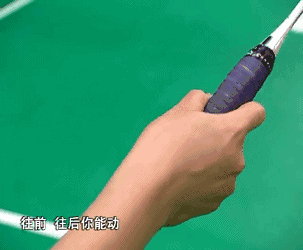
The force used in hitting a forehand is mostly generated by the index finger—though, of course, both the thumb and index finger play key roles.
Key points for transitioning from forehand to backhand grip: Curl these three fingers slightly backward, and gently press your thumb upward.
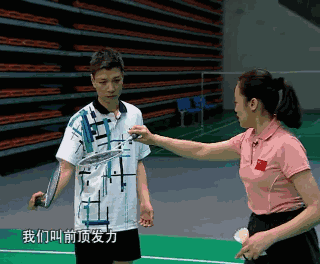
For a backhand with external rotation, the primary force comes from pressing with your thumb—this is what we call "front-pointing power." Meanwhile, combining finger movement with internal rotation allows you to perform techniques like hooking the ball, pushing it, or gently placing it over the net.
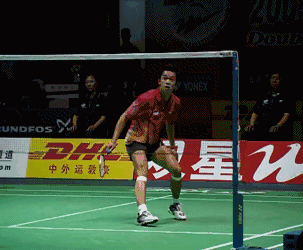
Besides spinning an "8" with a badminton racket, you can also spin an "8" using a water-filled bottle. The bottles can vary in size, and you don’t need to fill them completely with water.
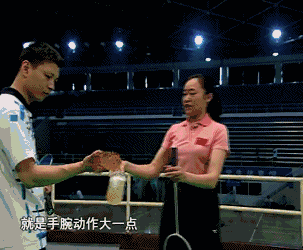
Power in badminton is a concrete benchmark for determining whether an amateur has truly stepped into the game. If you’re still relying on "wrist flicks" to generate power, it’s crucial to correct this habit early—though it might feel awkward at first. Once you get the hang of it, though, you’ll be pleasantly surprised by the results!

